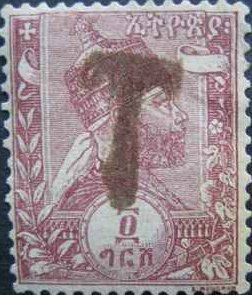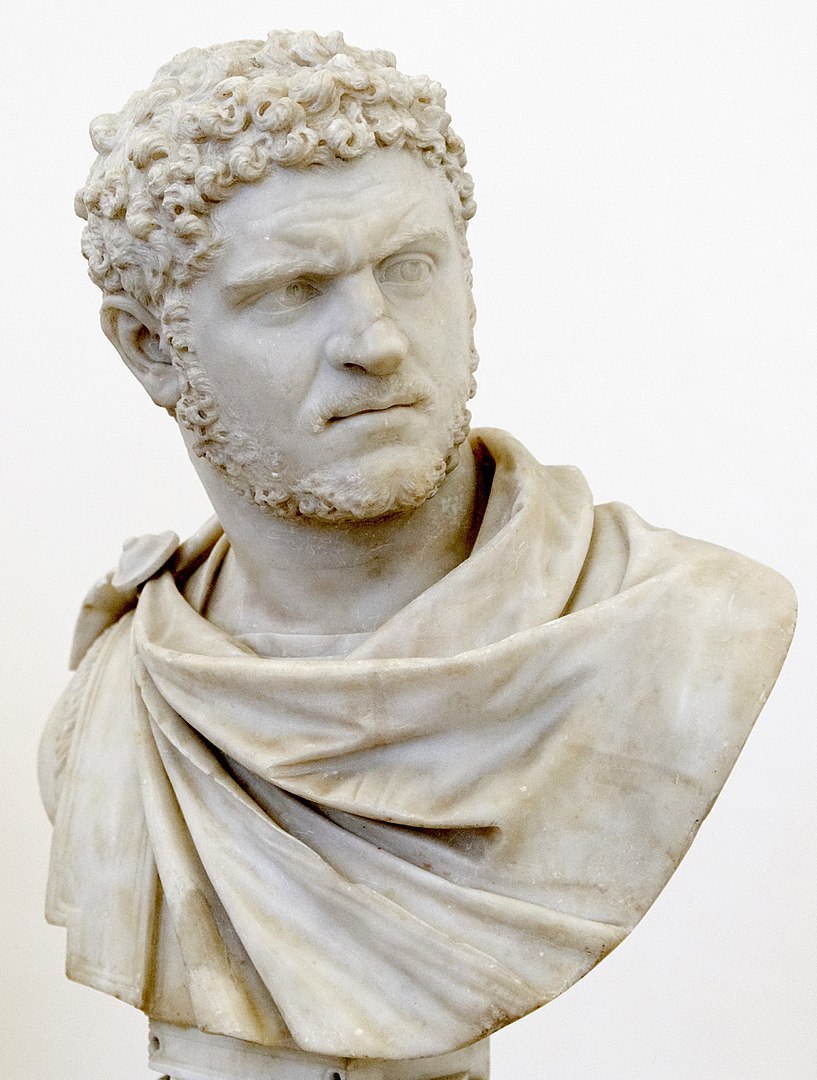Stamp: Menelik II, overprint for Postage due with "T" (Ethiopia 1905)
Menelik II, overprint for Postage due with "T" (Ethiopia 1905)
01 July (Ethiopia ) within release Menelik II, overprint for Postage due with "T" goes into circulation Stamp Menelik II, overprint for Postage due with "T" face value 4 Ethiopian guerche
| Stamp Menelik II, overprint for Postage due with "T" in catalogues | |
|---|---|
| Michel: | Mi:ET P5 |
Stamp is square format.
no ScottStamp Menelik II, overprint for Postage due with "T" it reflects the thematic directions:
The word emperor (from Latin: imperator, via Old French: empereor) can mean the male ruler of an empire. Empress, the female equivalent, may indicate an emperor's wife (empress consort), mother/grandmother (empress dowager/grand empress dowager), or a woman who rules in her own right and name (empress regnant or suo jure). Emperors are generally recognized to be of the highest monarchic honour and rank, surpassing king. In Europe, the title of Emperor has been used since the Middle Ages, considered in those times equal or almost equal in dignity to that of Pope due to the latter's position as visible head of the Church and spiritual leader of the Catholic part of Western Europe. The emperor of Japan is the only currently reigning monarch whose title is translated into English as "Emperor"
A head of state (or chief of state) is the public persona that officially represents the national unity and legitimacy of a sovereign state. In some countries, the head of state is a ceremonial figurehead with limited or no executive power, while in others, the head of state is also the head of government. In countries with parliamentary governments, the head of state is typically a ceremonial figurehead that does not actually guide day-to-day government activities and may not be empowered to exercise any kind of secular political authority (e.g., Queen Elizabeth II as Head of the Commonwealth). In countries where the head of state is also the head of government, the president serves as both a public figurehead and the actual highest ranking political leader who oversees the executive branch (e.g., the President of the United States).


